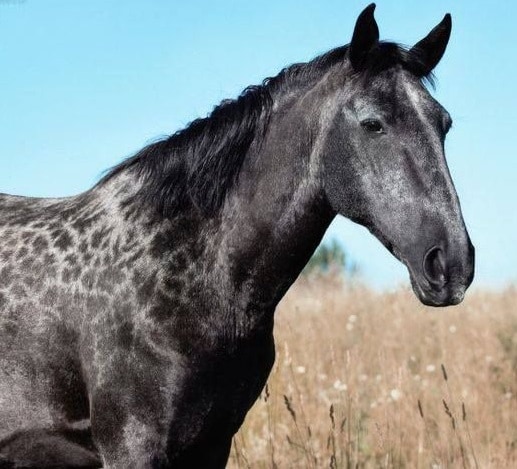Type the name of the breed you're looking for below
[wpdreams_ajaxsearchlite] Don't see the breed your're looking for? Click here and let us know!
Karachai horse
| Country Of Origin | Northern Caucasus Mountains |
| History and Background | The Karachai is a breed of riding horse that originated from the northern regions of the Caucasus Mountains. It was first bred for use in the military and in agriculture. It is a preferred horse breed because of its small but muscular build, its high fertility rate, its resilience, and its resistance to illnesses. The Karachai horse comes from the mountainous region of North Caucasus. It has been in existence for around a thousand years. It started out as a crude breed, a result of mixing different breeds like the Kabarda and other steppe horses hailing from different regions of the Caucasus Mountains. During the early years after the First World War, efforts were made to utilize the Karachai for military and farm work. In line with this, selective breeding ensued. The first stud book for the Karachai and other mountain horse breeds was opened and, in 1935, there were a little over a thousand Karachai stallions. In the early years of the 1940s, however, the Karachai was eliminated from the list and was subsumed under the Kabarda registry. This move gave rise to loose breeding practices that would have wiped out the breed, had the government and some expert horsemen not persisted in their efforts to preserve the Karachai. In the 1980s, a standard for the Karachai horse breed was established. This re-established the Karachai as a breed distinct from the Kabarda. |
| Use Today | Pack horse, Riding horse, Sport horse, Work horse |
| Height | 14.3 to 15 hands high (57-60 inches, 145-152 centimeters) |
| Colour | Bay, Black |
| Characteristics | Before the extensive inter-breeding efforts between the Karachai and the Kabarda, the Karachai was known for its small (smaller than the typical modern-day Karachai, anyway), muscular and lean body. The former Karachai stood at around 14 hands (56 inches, 142 centimeters). It had an elegant-looking head, curved ears, a curled tail, and a curly mane. The dominant colours for the Karachi then were black and brown. Today, the Karachai is slightly taller, standing at around 14.3 to 15 hands high (57-60 inches, 145-152 centimeters). It now has a bigger, ram-shaped head attached to a muscular neck of average length. It has, however, retained its dominant colors of brown and black. Its croup is well-developed and of average length, its shoulders are slightly angled, its chest is deep and broad, and its back is firm and straight. Its legs, however, show slight flaws in the pasterns. Nevertheless, its well-built hooves more than compensate for this shortcoming. The crossing with other horse breeds has led to the development of three specific Karachai types: the basic, saddle and massive Karachai. The basic type is the most prevalent; it is used as a mountain riding horse in package tours and for leisure. The saddle type, on the other hand, is the Karachai with some Thoroughbred ancestry; it is used primarily in sports activities and in breeding programs with other horse breeds in the Caucasus region. Lastly, the massive type is of smaller size, and it is used mainly for transportation. |
| Personality and Temperament | The Karachai is inherently good-natured. It is very responsive to the rein and is not prone to acute excitement. This makes it an indispensable to the mountain tourism industry. |
| Other Considerations | The Karachai has been able to survive extinction mainly because of two things: its high fertility rate and its strong resistance to common horse illnesses. The Karachai is a hardy breed that requires minimal supervision. |



